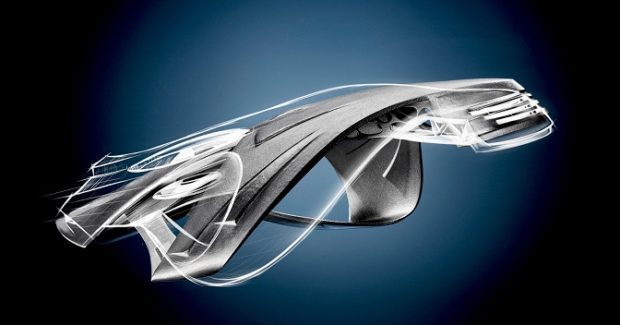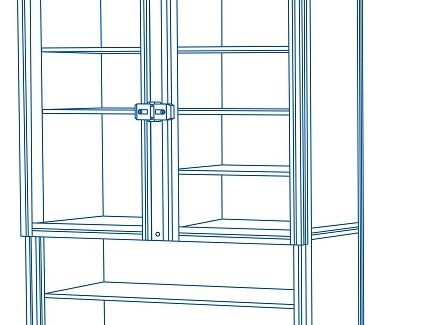Gas Technologies and Powder Storage Advance the Quality of 3D Printed Aerospace Metal Parts
Ideal for powder-bed laser fusion processes, the portable ADDvance O2 precision atmosphere monitoring system and powder cabinet from Linde precisely controls O2, temperature and humidity levels in the powder process chamber and storage atmosphere.
Posted: May 28, 2018
“Reproducible quality is the ultimate goal of additive manufacturing,” noted Grzegorz Moroz, the program manager of metals at Linde LLC (Bridgewater, NJ). “Unfortunately, powder metals are prone to aging when exposed to ambient air and especially humidity, which can affect chemical and physical properties and the overall quality of the powder. This is especially true for sensitive aluminum or titanium alloys needed for advanced aerospace parts, as well as automotive parts and medical devices. Variations in processes and materials can impact part quality and performance, so we work with manufacturers of aerospace, automotive and medical components to provide gas-based technologies and know-how that can help them reduce or eliminate variations at every step and achieve documented consistency in AM processes that meet strict quality requirements.”
Linde collaborates with universities and manufacturers, such as Airbus Group Innovations (Ottobrunn, Germany), to improve AM processes. The laboratory in their global Additive Manufacturing R&D Center near Munich, Germany, focuses on the effect of atmospheric gases and gas mixtures on metal powders to optimize layering processes during 3D printing, and has developed these novel gas-based technologies:
- Incoming Quality: High-end additive manufacturing depends not only on the incoming quality of metal powders, but also on storage conditions of sensitive powder metals, such as aluminum or titanium alloys before use. “Simply opening the door on a standard sealed storage cabinet can spike humidity levels from two or three percent to 35 percent or more,” said Moroz. The ADDvance® powder cabinet purges the storage atmosphere with inert gas, while tightly controlling temperature and humidity. It continuously tests internal temperature and humidity levels and selectively uses a purge gas to regulate the internal atmosphere if changes are detected. Whenever one of the cabinet doors is opened and closed, a high volume flow of purge gas (typically nitrogen or argon) is triggered to quickly remove moisture, and then a lower volume gas stream keeps humidity levels consistently low. This storage system features touchscreen controls, gas flow and atmosphere monitoring, and alarms for excess humidity. The cabinet is comprised of two atmosphere-controlled compartments approximately 40 in x 20 in (1,000 mm x 500 mm) with shelves, plus two open shelves below for storing equipment.
- 3D Process Quality: Unwanted gases can enter an AM chamber in several ways: through insufficient purging, loose supply connections, or through the powder metal itself. The ADDvance O2 precision atmosphere monitoring system precisely controls O2 and humidity levels by continuously analyzing the powder chamber atmosphere. The portable unit is ideal for powder-bed laser fusion processes.
- Finish Quality: Surface oxides, unfused powders, or other residues need to be removed from AM parts prior to further processing or surface finishing. ADDvance Cryoclean cleaning technology uses CO2 snow plus blasting abrasives to remove difficult residues cost-effectively and without water.
Linde, LLC, 200 Somerset Corporate Boulevard, Suite 7000, Bridgewater, NJ 08807, 908-464-8100, www.lindeus.com.
















